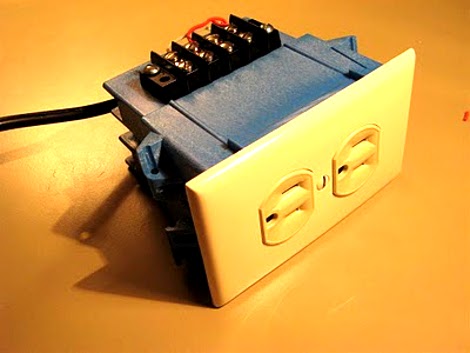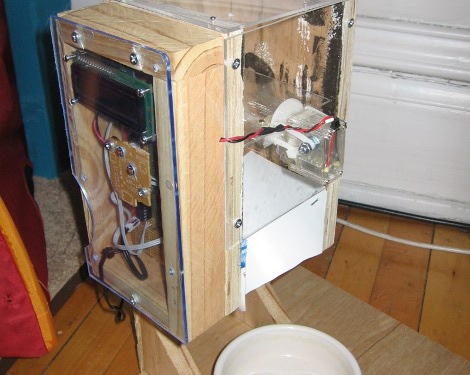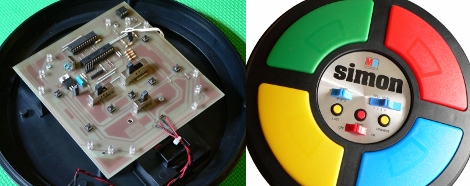
Marble Junker
Here’s a quick and dirty kinetic sculpture. It’s a track for a steel marble to roll around in with a magnet on a rotating wheel to pick it up and start it over again. Not every hack has to be a beautiful masterpiece, they just need to be fun. Of course, if this were an incredibly complicated piece it probably wouldn’t have ended up in a links post.

Eight-eyed Computer
[AlexP] has been involved in the NUI Group and in writing drivers for the PS3 Eye. This time around he’s got eight of them running on one computer at 60fps. Security cameras come to mind but this could be useful in a lot of projects. We’d be interested in seeing what you come up with. [Thanks Kyle]

Urine-gone
If you have a problem with folks peeing on your stoop then this is the answer. [Hannes Nehls] put together a urinating-drunkard deterrent by placing a humidity sensor in the (achem…) trouble-spot and a small tube above. When they pee on the sensor, it pees right back on them. Video available if you click through to the link.

Amplifier Tutorial
If you’re a little shaky when it comes to understanding and working with amplifiers this tutorial is for you. It’ll walk you through the basic concepts, then apply that knowledge in a simple op-amplifier circuit.

Severed Heads
It’s always nice to end a links post with something creepy. These faces are made from a cast of the artist’s face. They sing a trio of nonsense and it’s the life-like movements combined with the obviously mechanical backend that tingles our spine. But they’re really just a novelty and not the real thing. [Thanks Browneyedalbino][via Powered by Nerd]






















